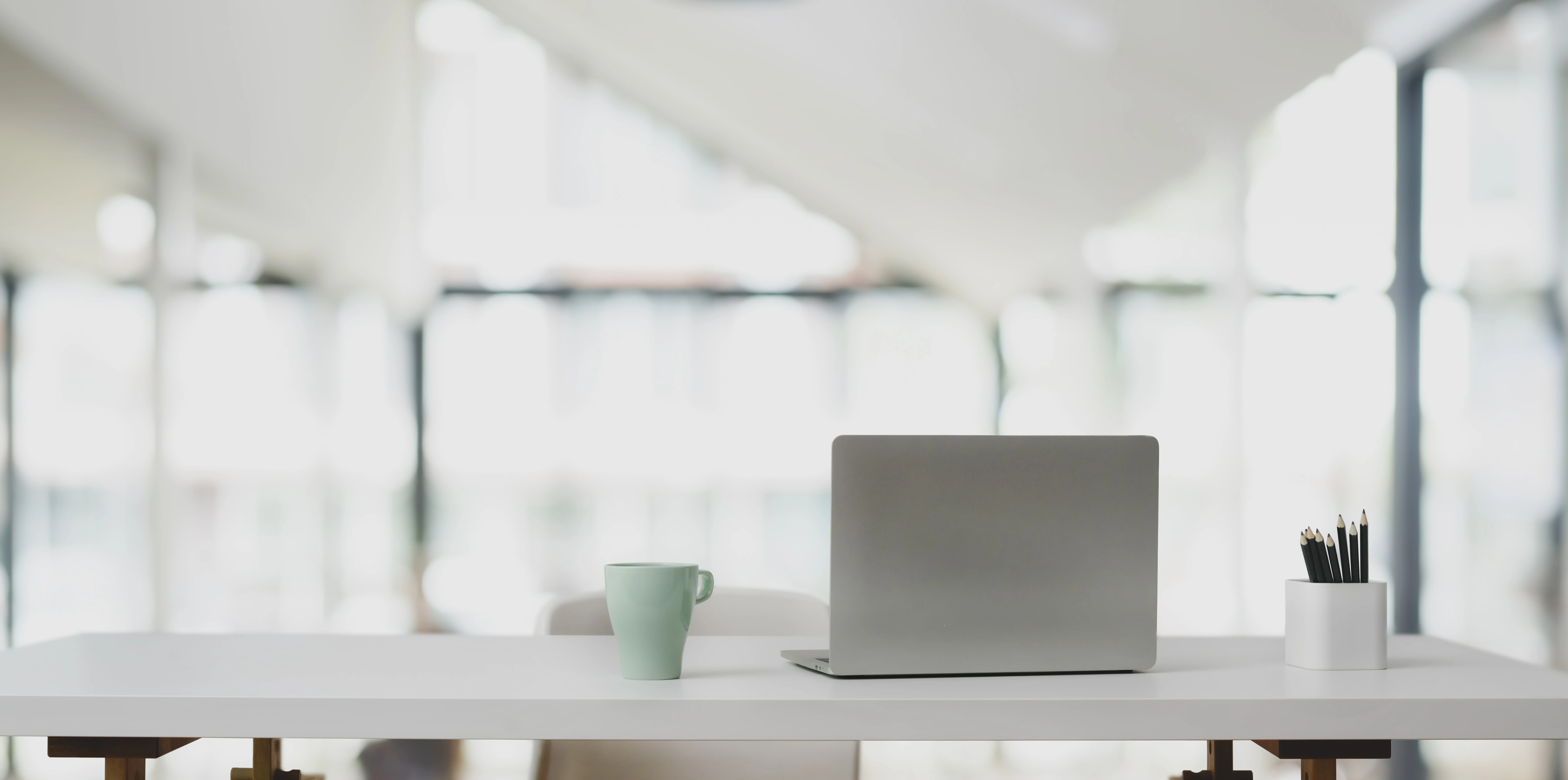
Member Article
Is there still a need for a physical workplace?
In this new Covid world many businesses are reviewing their workplace structure. Will employees continue to work from home, have staggered shifts or will things pretty much go back to normal? Everyone seems to have a different approach. There are definitely pros and cons to both, however, evidence suggests that being in the workplace is better for our health and wellbeing. A report by the United Nations found that 41% of remote workers reported high stress levels, compared to just 25% of office workers.
**Social environment ** Being social is part of our nature, without it we can become lost with our internal thoughts and it can us to be less productive and less able to adjust to change. Being in a social environment can make us more productive, improve our mood, strengthen relationships with colleagues and management and ultimately improve the quality of work we produce.
**Work/Life balance ** Working from the office allows us the opportunity to separate work from the rest of our lives, there are less distractions therefore it can make it easier to concentrate on the task in hand. In addition, quality of work and productivity can be improved as colleagues can answer questions and offer guidance that wouldn’t be available at home.
**Healthier habits ** It is easy to fall into bad habits when working from home. Often working at the dining room table in close proximity to the kitchen can be a downfall resulting in constant cups of tea and snacks. We also tend to have a much more stationary lifestyle, no commuting, less distance to walk, waking up later and often working longer hours as there is no distinction between work and home anymore.
Ergonomic furniture Another benefit of office life is furniture and equipment that improves our posture and supports our bodies, reducing pain and helping to prevent health conditions developing. After months of working from home without the correct equipment it can take a toll on our bodies.
Circadian health We are all governed by our circadian rhythm or internal body clock. Light is one of the biggest synchronisers and timing, intensity and colour of light are key factors in regulating human circadian cycles and our sleep and wake patterns. Disturbances in the circadian rhythm can have a physiological and mental impact, and often causes poor sleep patterns. As we spend more time indoors our body clock can easily become out of sync, therefore, many workplaces are now installing circadian lighting in order to improve employee health and wellbeing. Circadian lighting is linked to improved productivity, concentration, happiness, mental and physical health and general wellbeing.
This was posted in Bdaily's Members' News section by Lyndsay Close .
Enjoy the read? Get Bdaily delivered.
Sign up to receive our daily bulletin, sent to your inbox, for free.




 test article 123456789
test article 123456789
 hmcmh89cg45mh98-cg45hm89-
hmcmh89cg45mh98-cg45hm89-
 test456456456456456456
test456456456456456456
 test123123123123123123
test123123123123123123
 test xxxdiosphfjpodskhfiuodsh
test xxxdiosphfjpodskhfiuodsh
 Savour the flavour: North Tyneside Restaurant Week returns for 2024
Savour the flavour: North Tyneside Restaurant Week returns for 2024
 Six steps to finding the right buyer for your business
Six steps to finding the right buyer for your business
 Stephen signs off on a special night
Stephen signs off on a special night
 Life’s a Peachaus: Gillian Ridley Whittle
Life’s a Peachaus: Gillian Ridley Whittle
 Making a splash: Phil Groom
Making a splash: Phil Groom
 Making workplace wellbeing a priority
Making workplace wellbeing a priority
 A record of delivery, a promise of more: Ben Houchen
A record of delivery, a promise of more: Ben Houchen